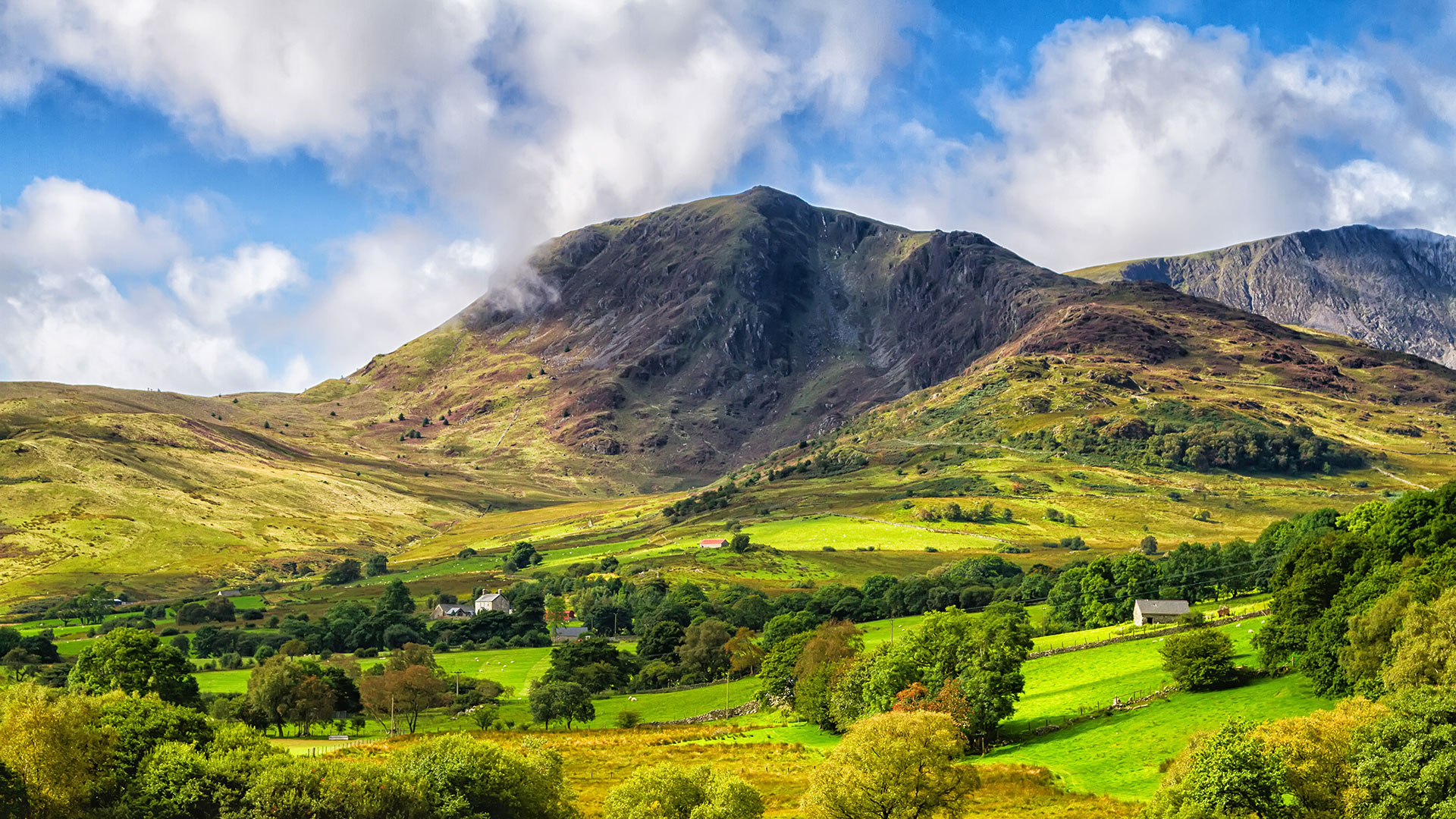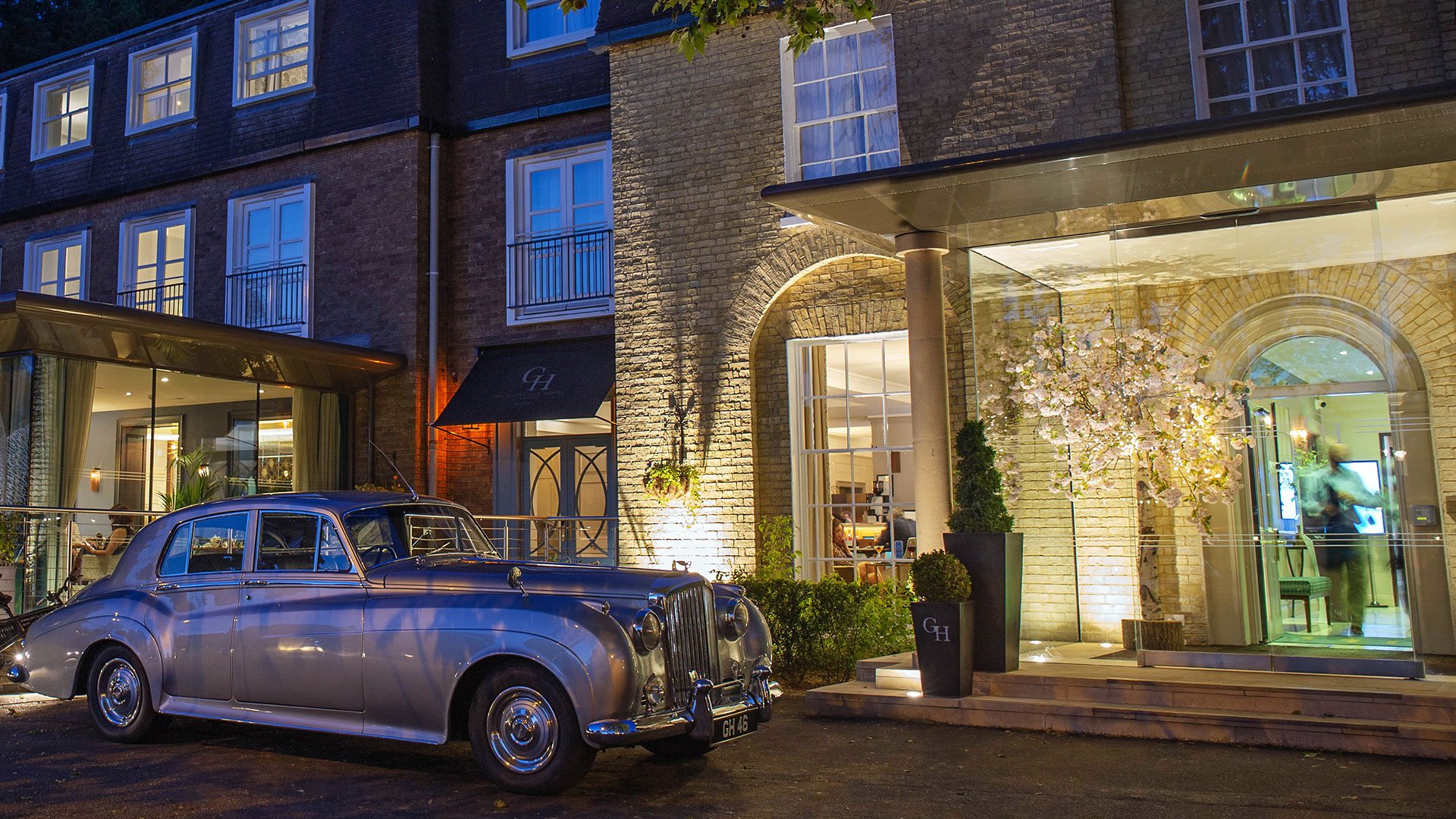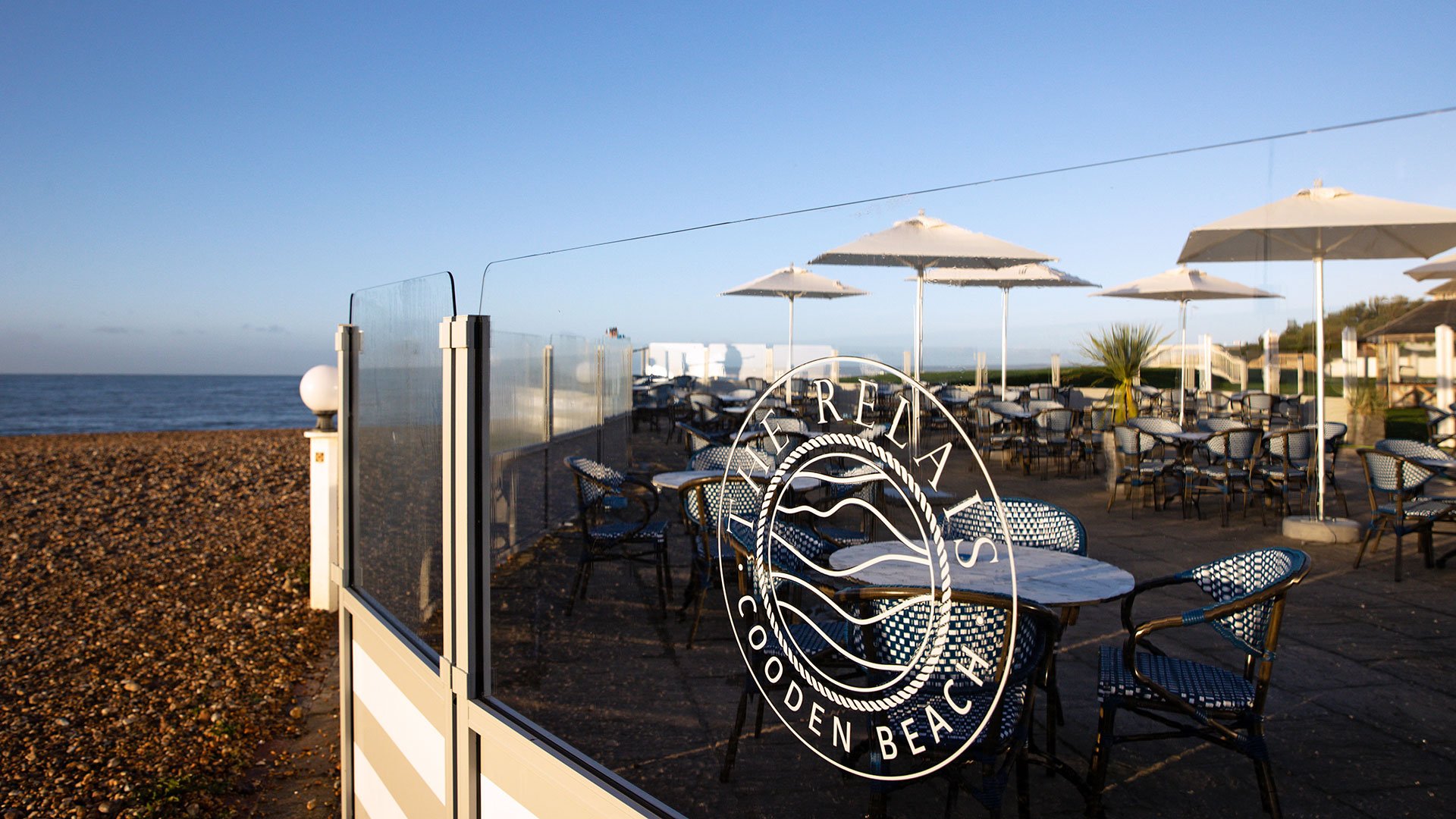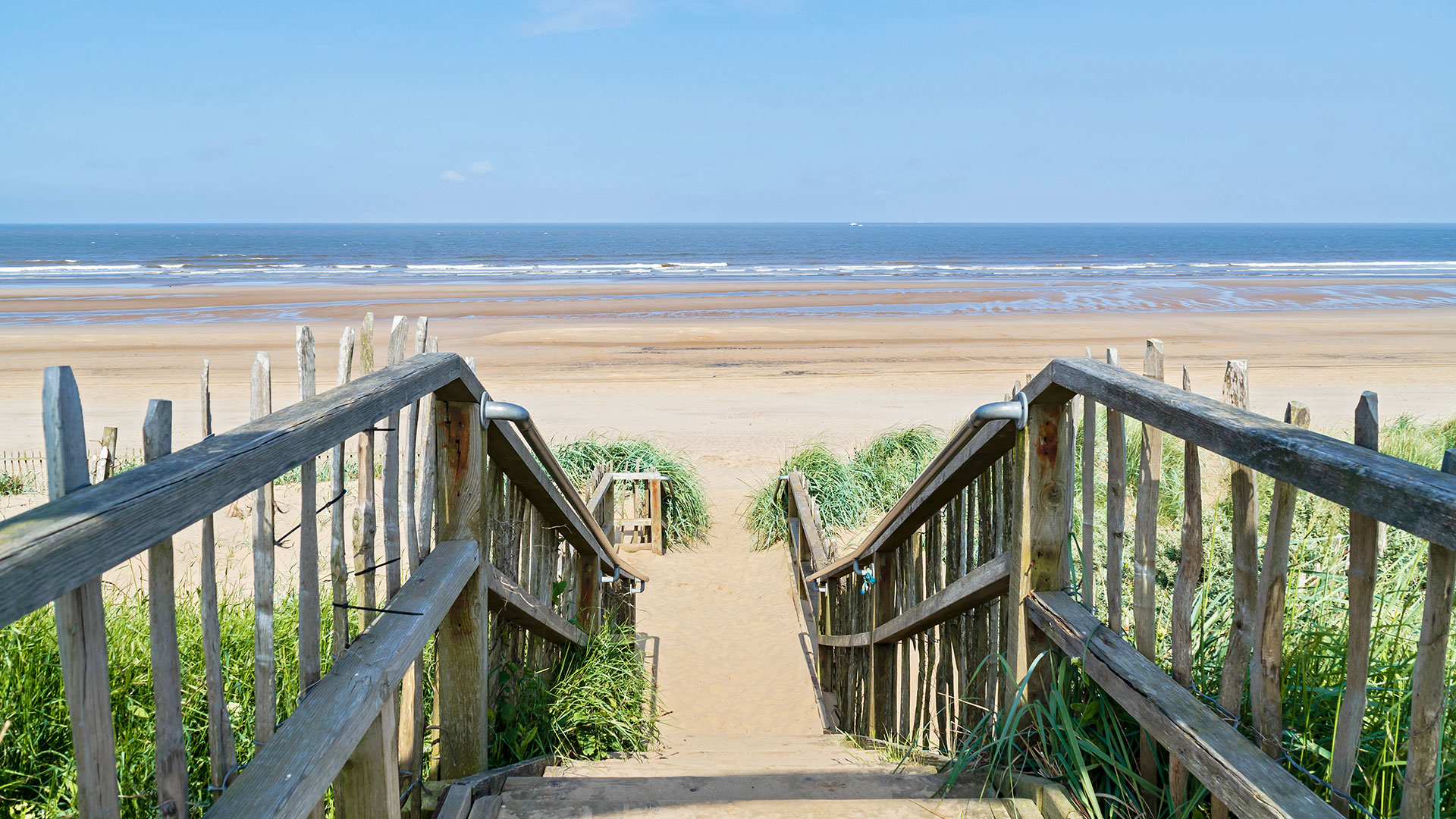To mark the 150th anniversary of Beatrix Potter’s birth, we take a look at her special relationship with the National Trust…
Beatrix Potter will always be remembered for her books. Peter Rabbit, Squirrel Nutkin, Mrs Tiggy-Winkle and Benjamin Bunny are loved around the globe, and still a fixture on children’s bookshelves in 2016, 150 years after her birth. However, there was much more to Miss Potter than her career as author and illustrator. Beatrix Potter had an abiding love of the natural world, and was an early supporter of the National Trust. She was a farmer and conservationist, whose vision helped preserve her beloved Lake District for future generations. To celebrate the 150th anniversary of Potter’s birth, we take a look at how her love of nature shaped the course of her fascinating life.
Potter was not a countrywoman by birth. Born in 1866, she grew up in London. Summers spent in Scotland, and later the Lake District, fostered her love of the countryside from any early age. “Beatrix came to dislike London intensely because of its polluted atmosphere. At Dalguise
[in Scotland]
, she had far more freedom. Beatrix and her brother collected birds’ eggs, moths and butterflies, stones and pebbles, and she sketched and painted landscapes,” says Rowena Godfrey, Chairman of the Beatrix Potter Society.
The young Potter’s love for the countryside began to turn into a passion for conserving it. In 1882 she met Hardwicke Rawnsley, who would become the first secretary of the National Trust, at Wray Castle. “Beatrix, as a young and impressionable 16-year-old, was keenly interested in Rawnsley’s campaigning to preserve the Lake District from the developers and the railways.
His charismatic figure and passionate enthusiasm affected Beatrix,” says Liz MacFarlane, Collections Manager South Lakes, National Trust. That meeting flourished into a friendship, and marked the beginning of Potter’s involvement with the Trust.
The Tale of Peter Rabbit was published in 1902, and was a huge hit. Between 1902 and 1905, Potter published some of her best-known tales including The Tale of Squirrel Nutkin, The Tailor of Gloucester and The Tale of Benjamin Bunny. But in 1905, tragedy struck when Potter’s editor and fiancé, Norman Warne, died of leukemia. The grieving Potter bought Hill Top in the Lake District, and learned how to own and manage farmland and livestock. Marriage to solicitor William Heelis saw Potter settle into farming life, while continuing to write her famous tales.
Potter was a keen supporter of the National Trust (founded in 1895). She helped raise money to buy estates and properties in the Lake District by selling signed drawings. She also bought the 5,000 acre Monk Coniston Estate in 1929. “In order to prevent it being split up, she purchased the entire estate and immediately offered half to the Trust ‘at cost’,” says Liz MacFarlane. Potter then managed the estate. She influenced the Trust with a pragmatic approach to conservation, says Rowena Godfrey: “She helped the Trust to realise that the Lake District landscape is dependent on the farming which is carried out there.”
Beatrix Potter died in 1943. As well as a writing 24 classic children’s stories, she also left a practical legacy: 4,000 acres of land, 15 farms, numerous buildings and artworks to the National Trust. Says the Trust’s MacFarlane: “Beatrix Potter helped protect large areas of the Lake District for visitors to enjoy today.”
Step in to Miss Potter’s World…
1. Visit: Hill Top and The World of Beatrix Potter
Where to stay:
Lindeth Howe, Bowness-on-Windermere, Lake District
Potter left her beloved Hill Top to the National Trust with specific instructions for its preservation, so when you step inside the 17th Century farmhouse you really are walking in her footsteps. The nearby World of Beatrix Potter in Bowness-on-Windemere is where the characters come to life in 3D displays, and has a series of events commemorating the 150th anniversary.
2. Visit: The Tailor of Gloucester
Where to stay:
Hatherley Manor Hotel & Spa, Gloucester, Cotswolds
Beatrix Potter was inspired to write one of her most famous tales after hearing a real-life account about a Gloucester tailor who found a waistcoat mysteriously completed in his workshop. She visited the town and sketched some of its buildings for her story. 9 College Court, where she set the tale, is now a charming small museum and shop.
3. Visit: Sidmouth
Where to stay:
Dartington Hall Hotel, Totnes, South Devon
The Tale of Little Pig Robinson is set in Devon, inspired by Potter’s frequent visits to the county. The fictional town of Stymouth is actually Sidmouth. Pig Robinson was sent to market here to sell eggs and cauliflowers, but it’s well worth a more leisurely visit for its beautiful beaches and arboretum.
4. Visit: Melford Hall
Where to stay:
Stoke by Nayland Hotel, Golf & Spa, Dedham Vale, Suffolk/Essex border
Beatrix Potter loved visiting her cousin, Lady Hyde Parker at Melford Hall in Suffolk. You’ll find lots of memories of her time here – from the Jemima Puddleduck toy she gave to the Hyde Parker children, to her sketches and drawings, and even place cards she made for the family in the drawing room. An exhibition of Potter’s ‘secret’ drawings, found hidden inside books, is currently on display.
5. Visit: Gwaenynog Hall Gardens
Where to stay:
Imperial Hotel, Llandudno, North Wales
The gardens at Gwaenynog provided the setting for The Tale of the Flopsy Bunnies. Potter was a regular visitor to Gwaenynog, and today her great-great niece opens the gardens to the public. Summer is a lovely time to visit (by appointment) – as well as the apricot, peach and damson trees, and herbaceous plants, you’re also likely to spot some of the bunnies’ descendants.
Delight in the beauty of the natural world with a Miss Potter-inspired break. Share this post with your family and friends. Start planning your next Classic British adventure.
Images:
Mrs Rabbit: copyright The World of Beatrix Potter Attraction






